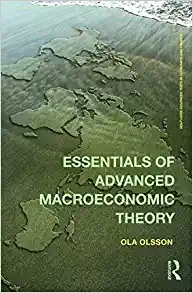Question
1.According to Eichner (1998), own-price elasticity of medical expenditures in the US ranges between -0.62 and -0.75. Based on this information, a 10% increase in
1.According to Eichner (1998), own-price elasticity of medical expenditures in the US ranges between -0.62 and -0.75. Based on this information, a 10% increase in price of medical expenditures will be associated with(increase/decrease) in quantity demanded of medical services. [Students need to put down a numerical range and then bold whether it will be an increase or decrease]
2.Speculate whether the demand curve for the following products/services is steep or flat. Think about what the own-price elasticity of demand would be for each of the following items:
-Generic painkillers
-Insulin
-Visits to the dentist's office
3.Consider a market for dentistry services. The supply side would include dentists and everything that goes into providing dentist services to a typical customer. The demand side would include patients who seek a dentists' services for various reasons such as root canal, regular cleaning, etc. Draw the short-run supply and demand curves in this market. Explain why the slopes look the way they do (steep or flat).
4.Dentists usually have to get certified before they can practice. How does this requirement affect the supply curve? How would this affect the market price for dentists?
5.Now, assume that the certification signals quality of care. How would this affect the demand for dentists with a certificate? How would this affect the market in terms of prices and the equilibrium quantity of dentists' services in this market?
Step by Step Solution
There are 3 Steps involved in it
Step: 1

Get Instant Access to Expert-Tailored Solutions
See step-by-step solutions with expert insights and AI powered tools for academic success
Step: 2

Step: 3

Ace Your Homework with AI
Get the answers you need in no time with our AI-driven, step-by-step assistance
Get Started


